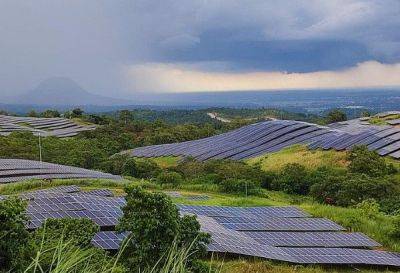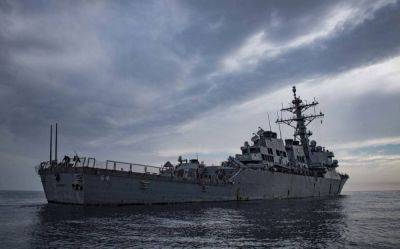A masterplan in peril: Ramming a questionable JVA down Subic's throat
The mention of “Subic” brings to mind a bustling port, an active community and catalyst of economic mobility and prosperity among its people.
Decades after a volcanic eruption and the exit of a US military base, the businesses that have set up shop in Subic have been able to provide jobs for its locals and contribute substantially to the local government’s revenues. These companies have also done much to facilitate the logistics of goods across Luzon, and even beyond.
The Subic Freeport Zone, managed by the Subic Bay Metropolitan Authority (SBMA), is a beacon of economic potential due to its strategic location, openness to international trade, and robust infrastructure.
Positioned in Southeast Asia, it has infrastructure for land, sea and air travel, including the Subic Bay International Airport and the Port of Subic. This makes it an ideal hub for businesses engaged in manufacturing, logistics and trade, providing access to global markets.
Subic offers a range of investment opportunities in sectors like port logistics, general aviation, maritime, information technology communication and more. All these businesses automatically generate employment that, according to an SBMA report, recorded over 145 thousand employees of which approximately 44% are from Olongapo city.
Over 27 thousand were employed from the province of Zambales, about 18,000 from Bataan, and thousands more from the nearby provinces of Pamapanga and Tarlac.
Most important to note is the existence of the Subic Regional Master Plan, a result of discussions between the Philippines and Japan in 2019, facilitated by the Japan International Cooperation Agency (JICA).
The master plan seeks to unlock the potential of the Subic Bay area as an economic driver of the Philippines. JICA’s technical support has been invaluable in envisioning potential projects: road networks for Olongapo’s central business district and Subic Bay West Coast, logistics terminals like Alava Wharf, and public utilities like new support facilities for the Philippine Coast Guard.
No less than our Department of Finance has enthusiastically endorsed this master plan.
“The Master Plan envisages Subic Bay region’s economic







